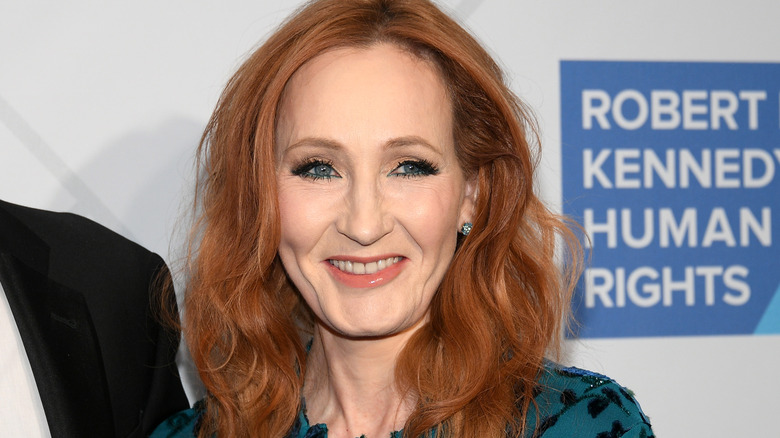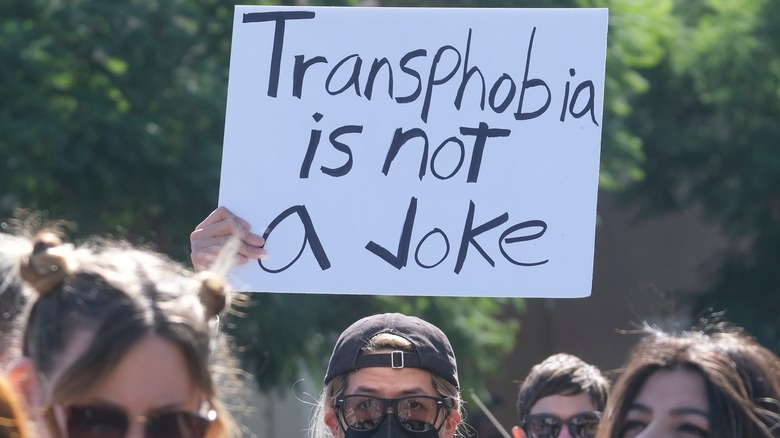What Is A TERF, And How Can You Spot One?
When it comes to feminism, more and more activists are encouraging people to focus on intersectionality. As reported by Time, intersectional feminism is a concept that was created by lawyer and civil rights activist, Kimberlé Crenshaw. The inclusive belief system allows feminists to understand how some people endure many forms of discrimination all at once. "We tend to talk about race inequality as separate from inequality based on gender, class, sexuality, or immigrant status. What's often missing is how some people are subject to all of these, and the experience is not just the sum of its parts," Crenshaw shared.
Intersectional feminism encourages feminists to include people of all gender identities, races, and economic backgrounds, which is important because including transgender women hasn't always been the norm. Now, however, organizations like the Human Rights Campaign are working to change this by calling for transgender women to be included in the feminist movement. While feminism has progressed over the last few years, there have been a growing number of TERFs popping up within the space.
What is a TERF?
According to Vox, TERF stands for "trans-exclusionary radical feminism." The movement includes several self-professed feminist groups who are fighting against the inclusion of transgender women in the feminist movement. As Vox explains, these groups often don't accept transgender women as women, but rather, see them as enemies to women's liberation. Several cases have even gone to the Supreme Court to fight transgender discrimination in the workplace. Per Vox, one of those cases included Aimee Stephens, a transgender woman who was fired from a funeral home she worked at back in 2013 when she shared her gender identity with her boss. When her case made its way to the Supreme Court, a TERF-aligned group called Women's Liberation Front made a public statement in opposition to Stephens' identity and right to express it (per Supreme Court).
Another famous example of TERF behavior can be attributed to the author of the best-selling Harry Potter franchise, J.K. Rowling. In 2019, Rowling told Forbes of her belief that, "Sex is a biological fact, and is immutable. There are two sexes, male and female. Men and boys are male. Women and girls are female. It is impossible to change sex. These were until very recently understood as basic facts of life by almost everyone."
How can you spot a TERF?
Anyone worried about potential involvement with groups that have TERF ideology can rest easy, because TERFs are easy to spot. Typically loud and proud about their beliefs, TERFs are unafraid to take to social media (like J.K. Rowling) and share their anti-transgender beliefs, per W Magazine. For the uninitiated, Cambridge University issued a research guide to help identify TERFs in the wild. In this guide, they explain that individuals and groups with TERF ideology will likely refer to themselves as "gender critical," explain that they are activists for LGB rights (notice the lack of the T!), use anti-transgender language, and describe their brand of feminism as "fighting to protect women and girls."
As the Prindle Post notes, those who practice TERF ideology typically focus on biological sex above all else. They will likely disregard the concept of gender identity, and purposely leave transgender and non-binary individuals out of their fight for equality. Practicing TERF ideology is simply direct transphobia in action.


